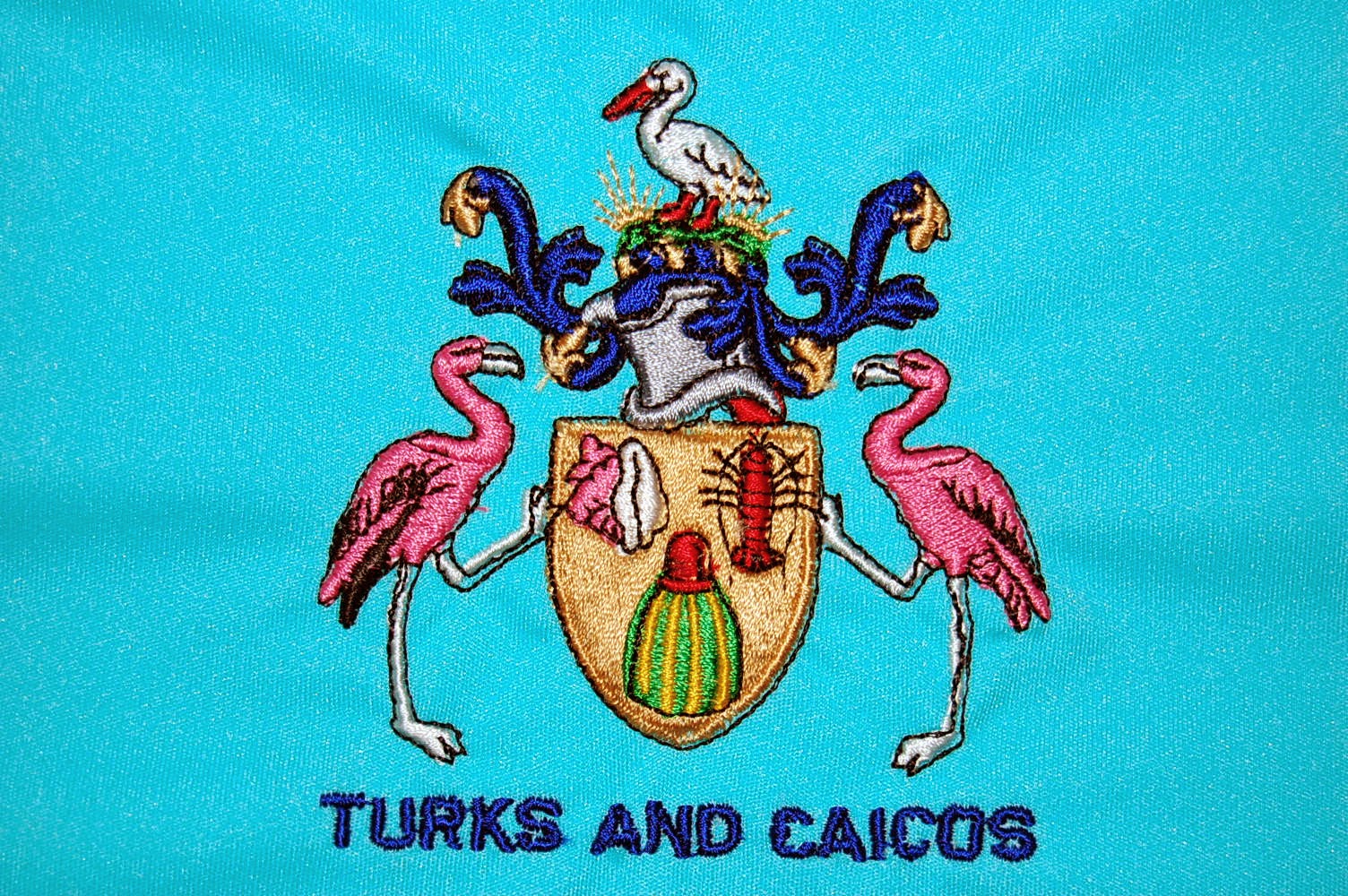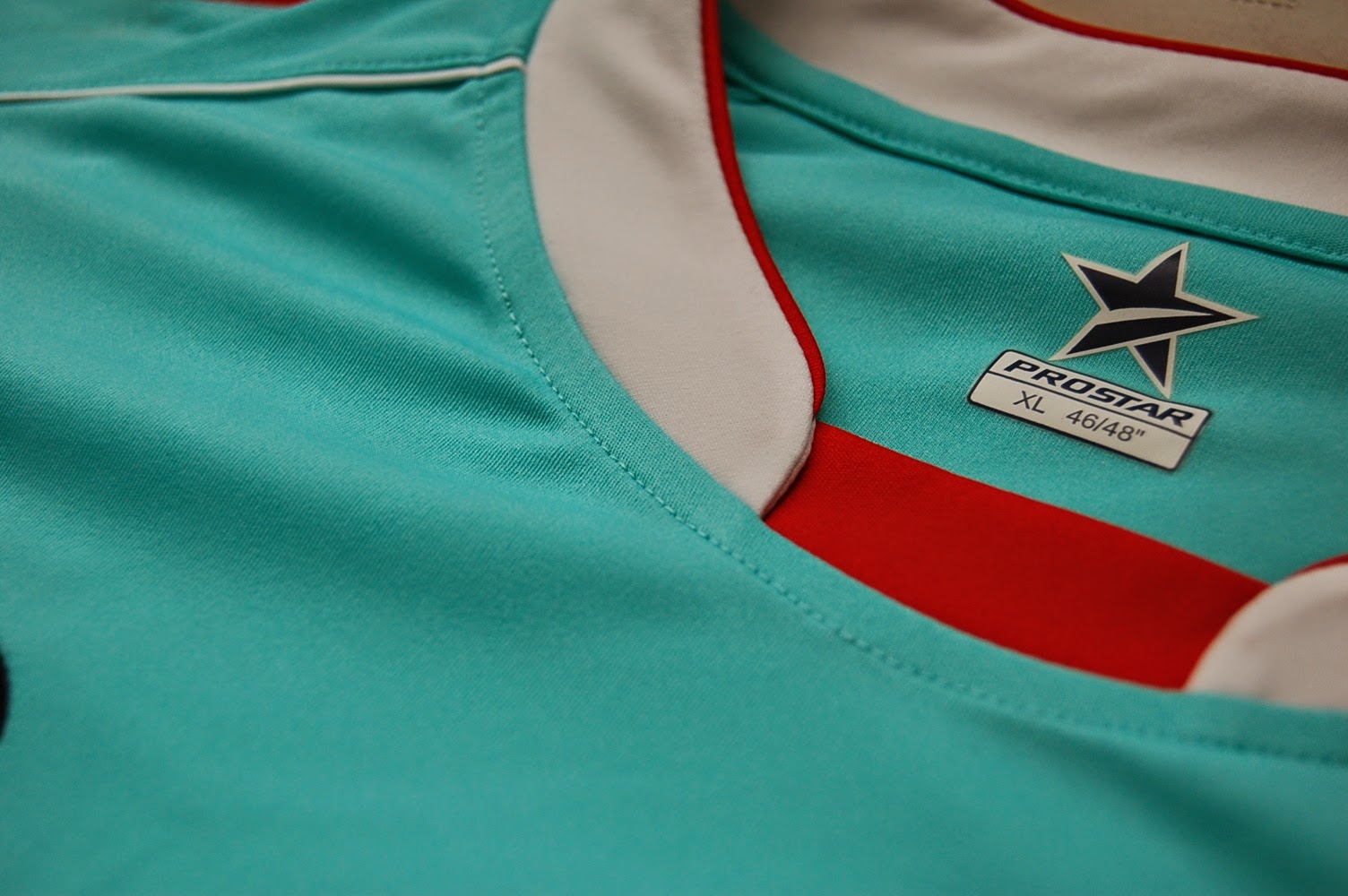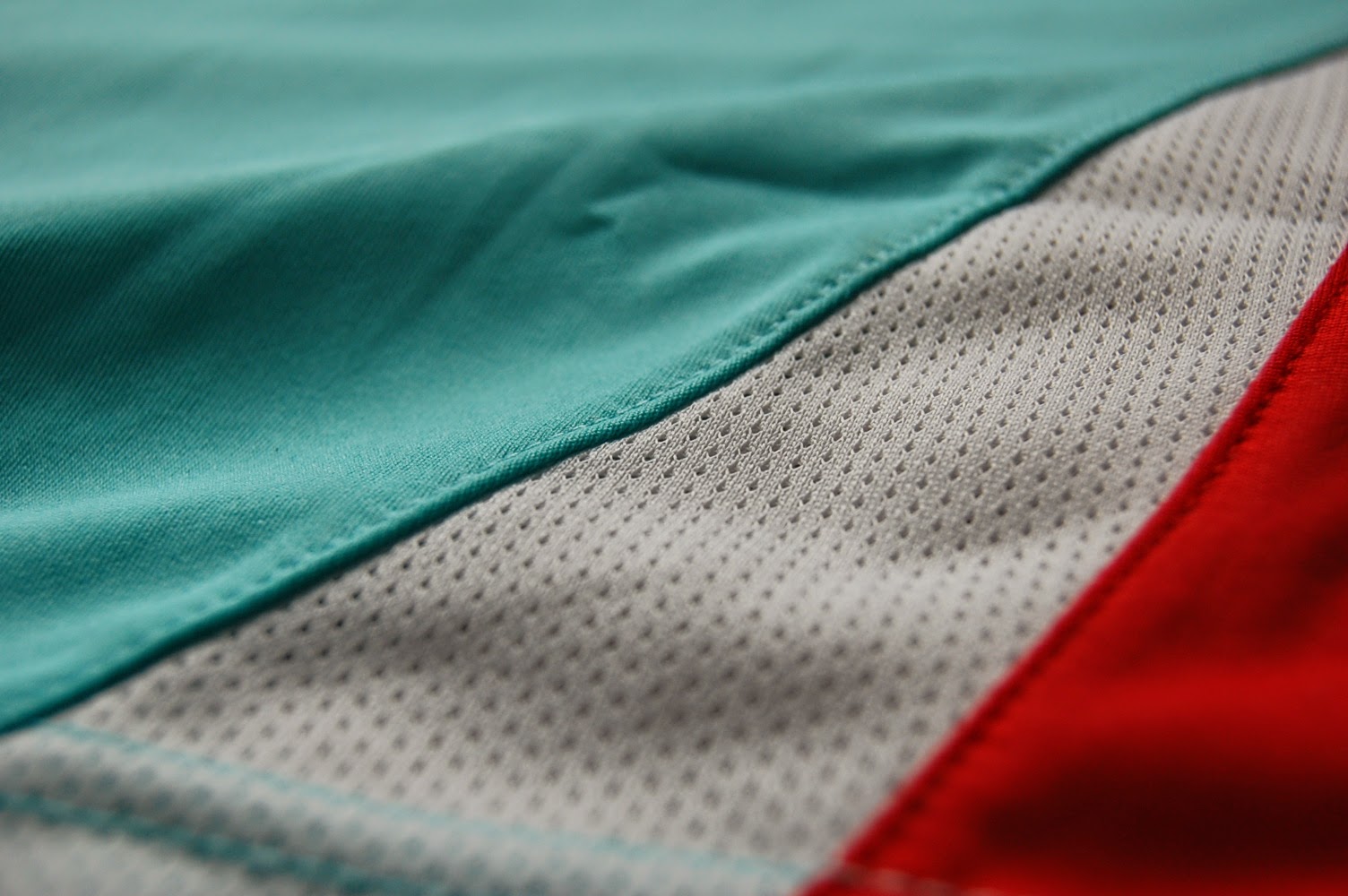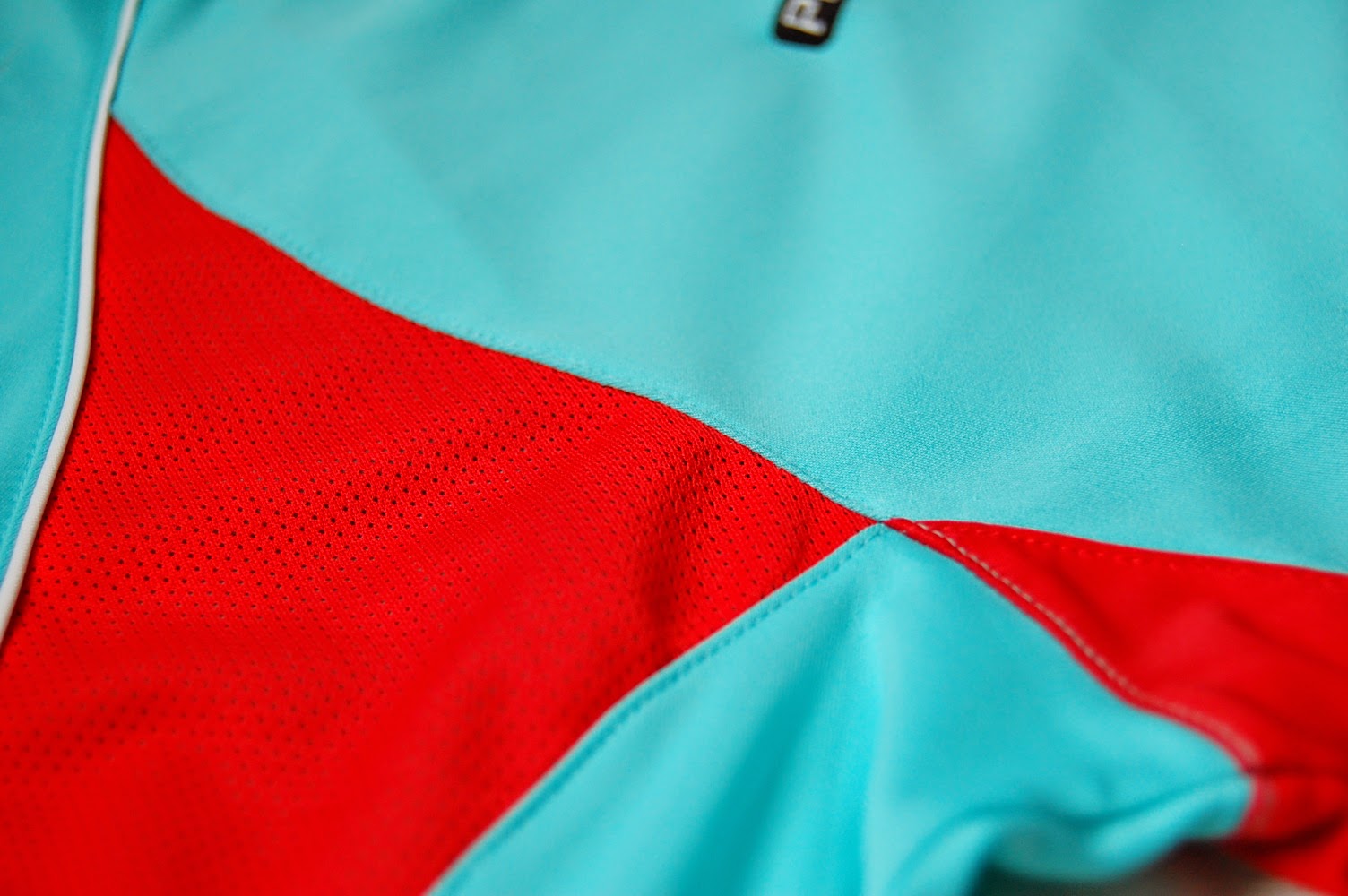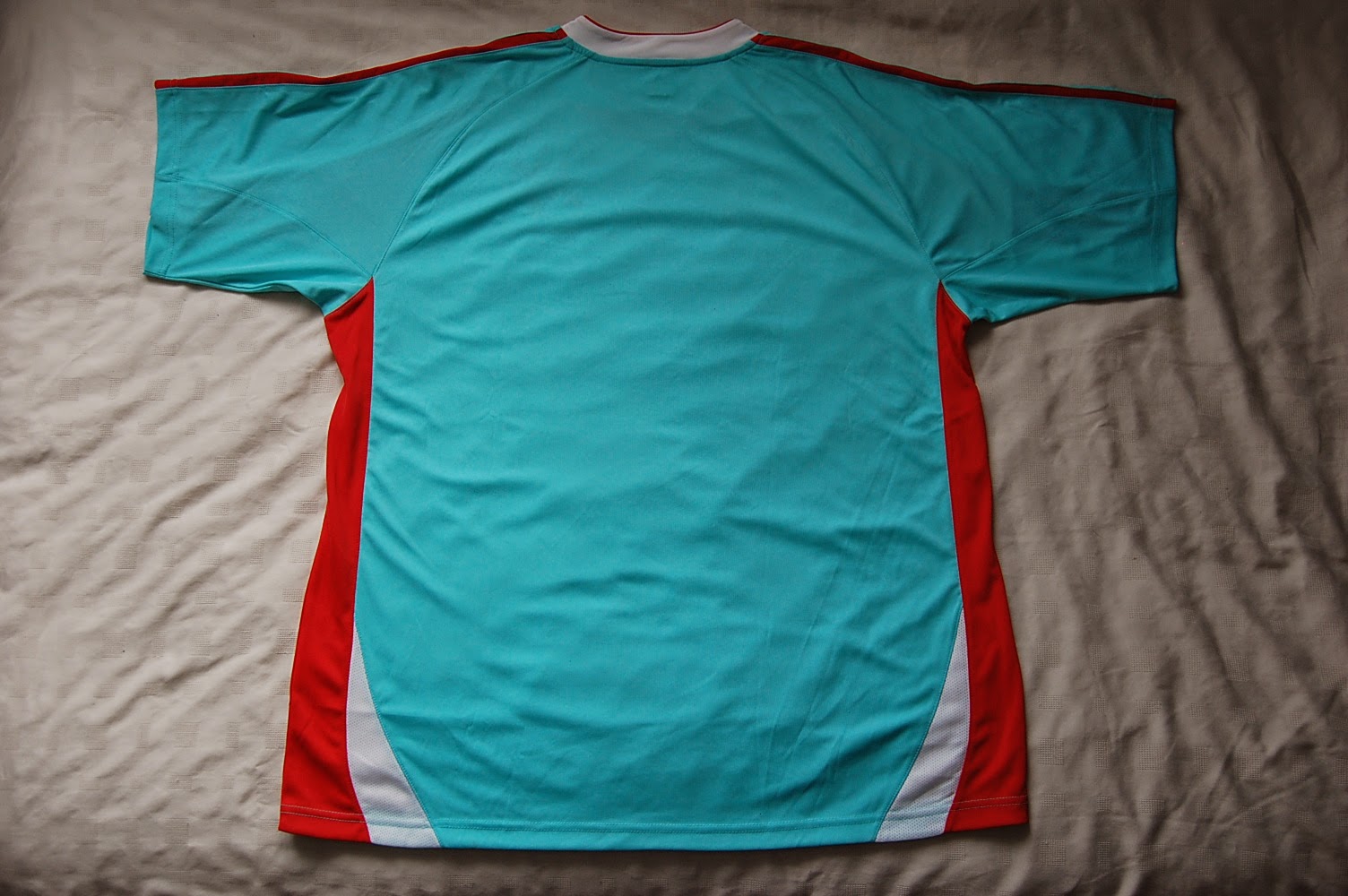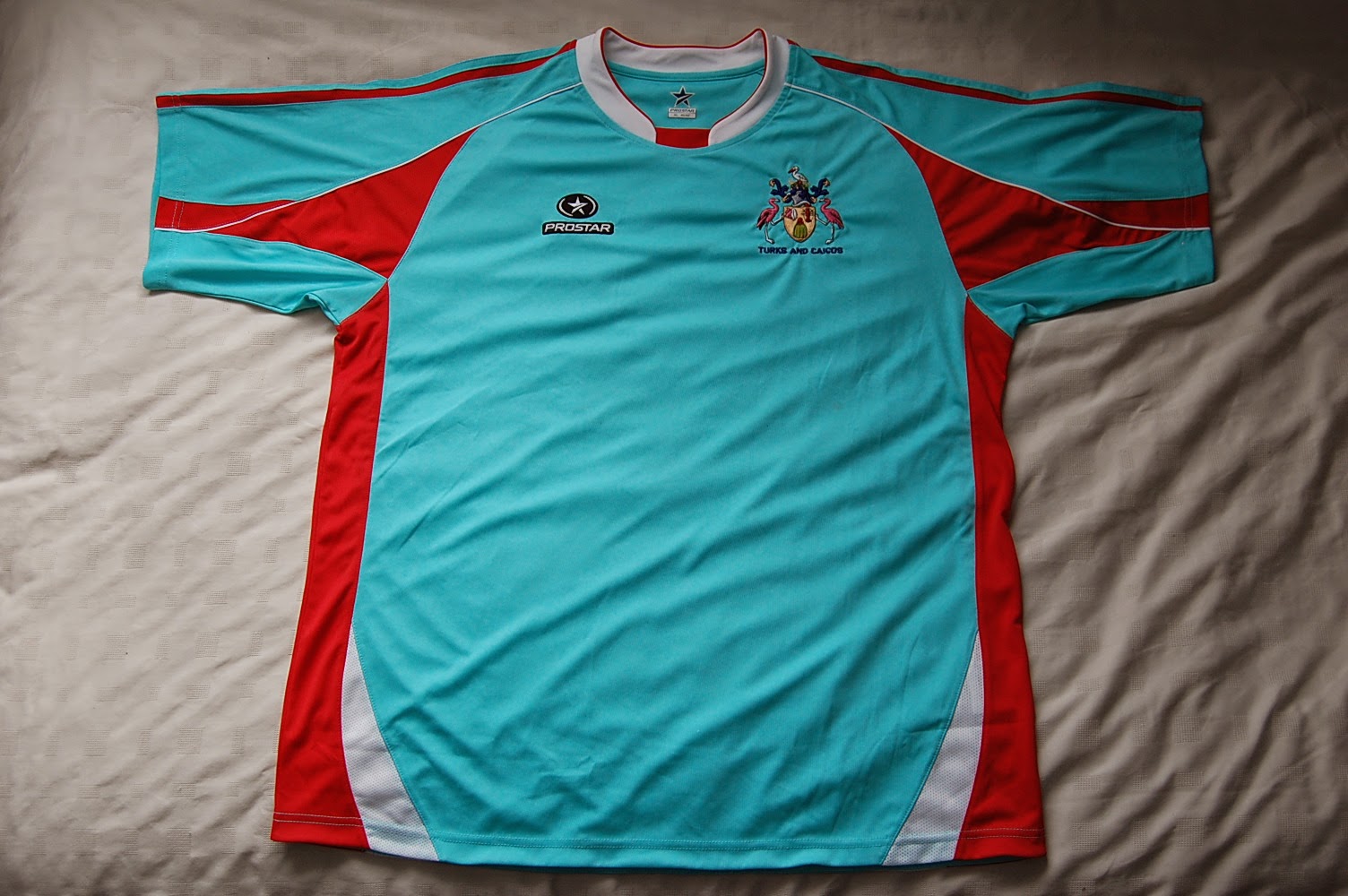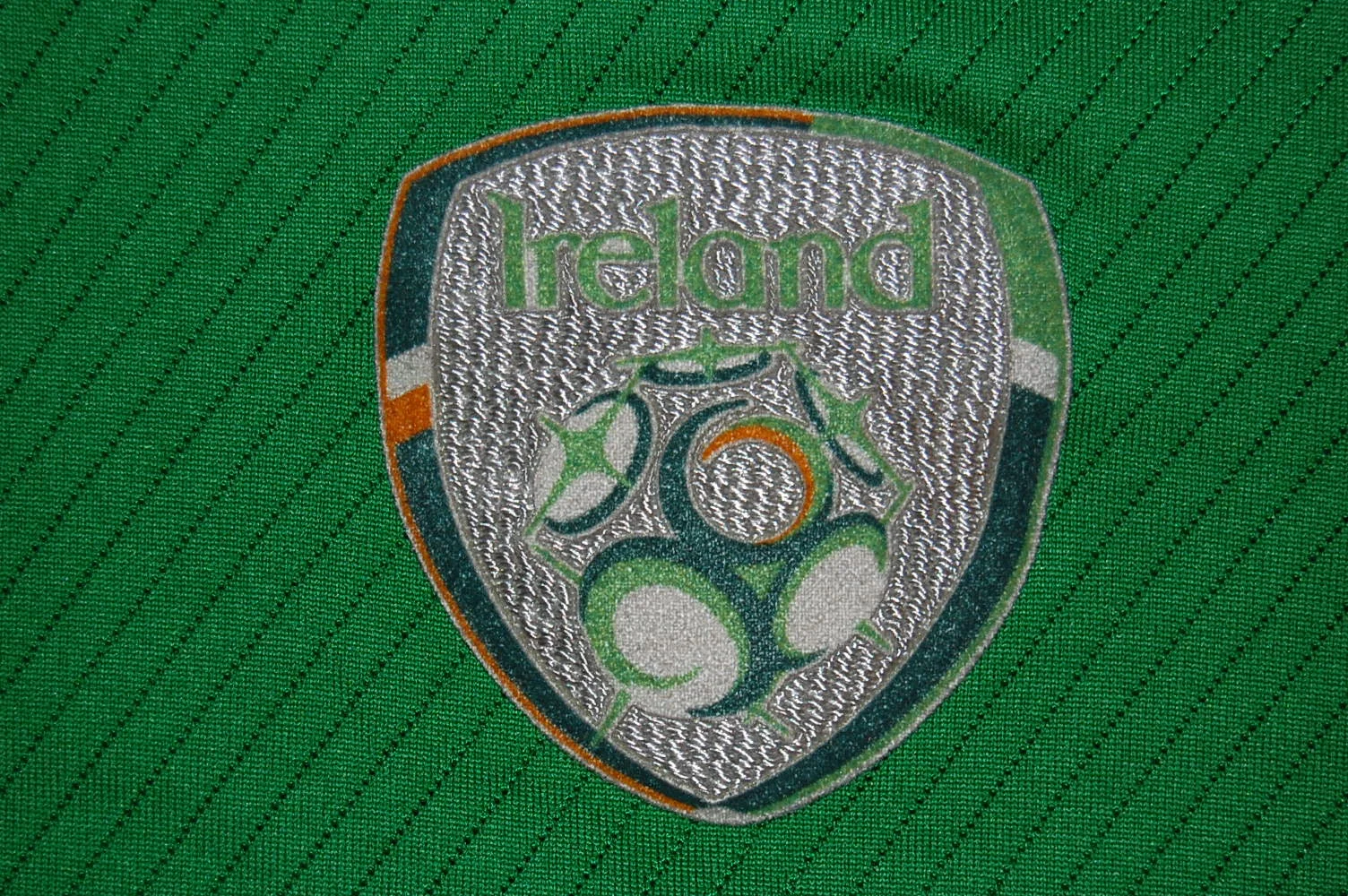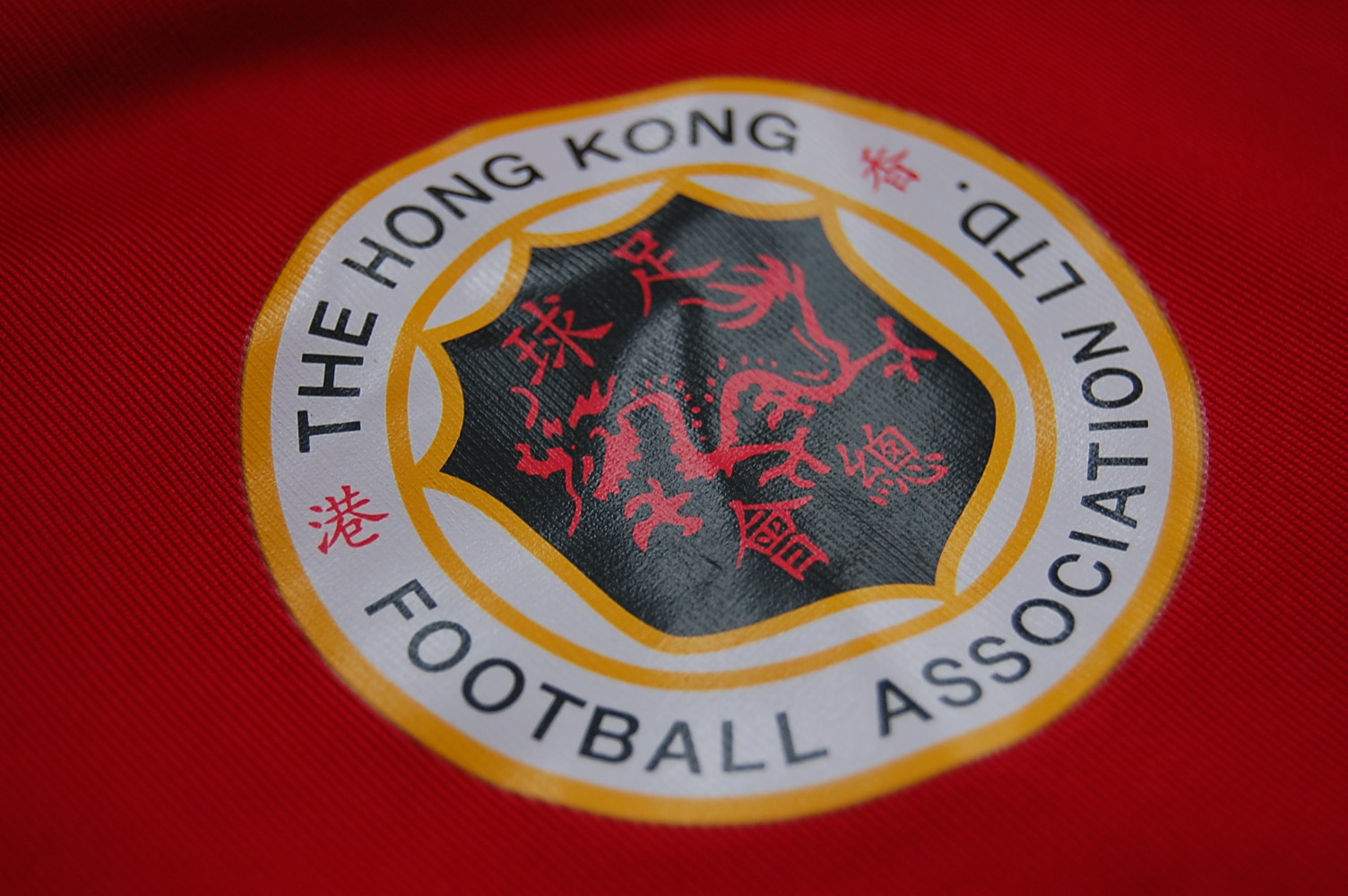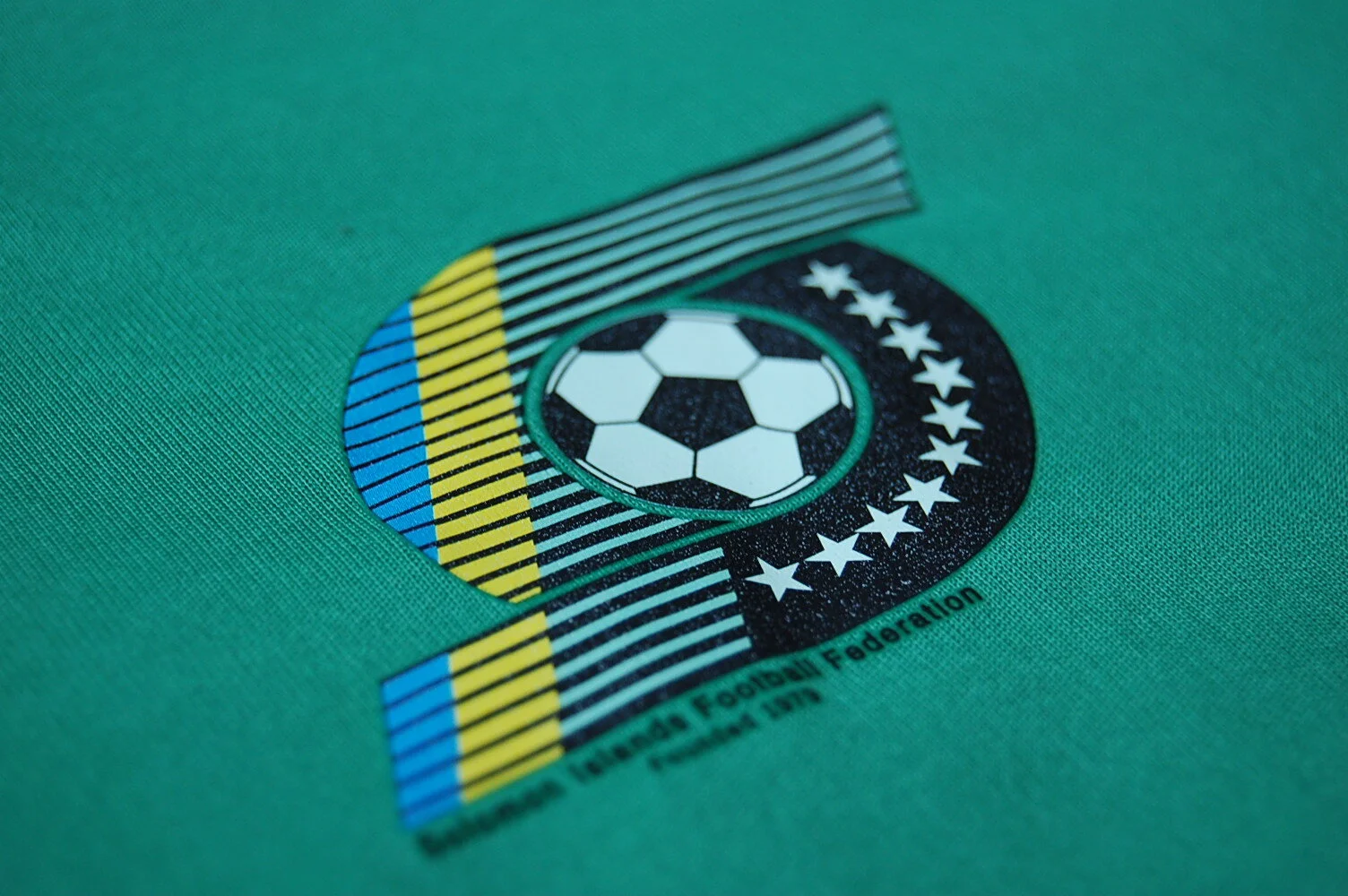Turks and Caicos Islands
Home, 2008/10
Cricket is the national sport of Turks and Caicos Islands (T & C), though success on the oval has been hard to come by. Similarly, the islands’ national football team has rarely registered any wins since joining the FIFA “family” in 1998 (the association was formed in 1996). In fact, they have won just four times form just over twenty official football matches as of the end of CONCACAF Nations League qualifying in 2019. There was also a victory over the Cayman Islands u-21 team, but this was a friendly and unliekly to be recognised by FIFA (unlike European nations, CONCACAF teams aren’t guaranteed a high number of games in each qualifying campaign; often as little as two). To date, the side has only won one World Cup qualifier, at home to St. Lucia in 2008. The second leg saw them fall to a 2-0 loss, and thus they were out of the qualifiers on aggregate. The team would have to wait another three years to play another game. And they lost that too.
I’m delighted to have this particular shirt, as it is the one that was worn that famous night in Providenciales, when T & C put St Lucia to the sword. Thankfully a video exists of the night (see below), so the moment can be relived by those involved. Aside from that historical aspect of the shirt, the colourway is also excellent. A very bold cyan and red number, it is one of the most striking kits I have seen at international level. It is complete with the quite interesting national coat of arms, rather than the association's quite boring logo. Looking through old pictures, it seems this crest and association logo have been used interchangeably on shirts with no real rhyme or reason. According to the internet, the coat of arms consists of a conch shell, a lobster, and cactus, which are all native to the islands. The cactus is a so-called ‘Turks Head’ cactus, after which the islands are named. The cactus has a red top, which looks like a Turkish fez (a kind of hat). Either side of this shield are flamingos, and atop is a pelican between two sisal plants representing connection to the rope industry. So now you know.
The archipelago (consisting of around forty islands, eight of which are presently populated) was initially inhabited around 500AD, but having seen a number of different settlers, it became depopulated in the 1500s. The Turks islands were repopulated about a century later, and became a popular pirate hideout. In the late 1700s, British loyalists from other Caribbean colonies settled Caicos islands. In 1799, both Turks and Caicos island groups were taken over by British authorities. Today, the islands remain British Overseas Territory, with a government sitting in the islands. Interestingly, Canadian politicians have in the past attempted to annex the islands for Canada. First in the 1970s, and then as recently as 2014 when Turks and Caicos president held a state visit to Canada. However, this remains unlikely to occur.
